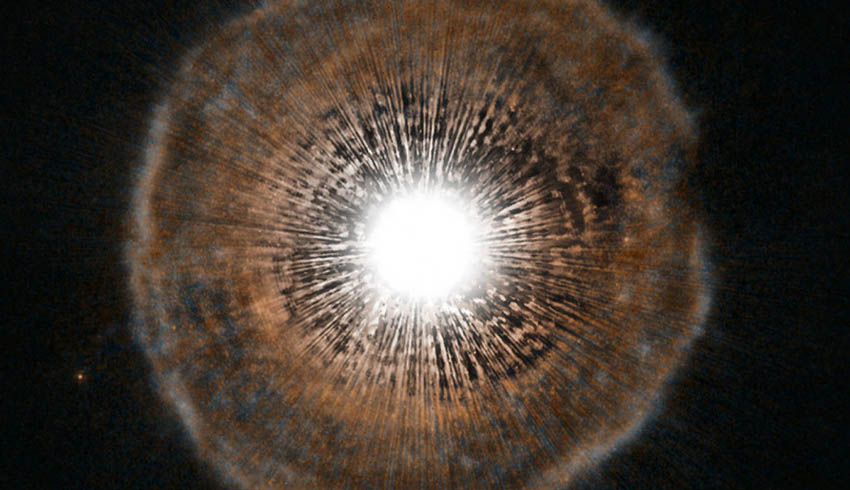This new research has provided insight into the composition of such stars and why they occasionally do what they do.
In a paper published in the journal Nature Astronomy, a team from Monash University, the Australian Research Council Centre of Excellence for Gravitational Wave Discovery (OzGrav), McGill University in Canada, and the University of Tasmania, studied the Vela Pulsar.
That’s a neutron star in the southern sky around 1,000 light years from Earth. Neutron stars are the densest objects in the Universe and also spin very fast and regularly.
But sometime they don’t — occasionally these neutron stars start to spin faster, caused by portions inside of the star moving outwards. The regular emissions of electromagnetic radiation as they spin makes these stars detectable as pulsars.
Astronomers term this acceleration a “glitch” and it provides them with a brief insight into the internal composition of these mysterious objects.
Around 5 per cent of pulsars are known to glitch and Vela does this around every three years, making it a favourite subject of astronomers who observe glitches.
By reanalysing data from observations of the 2016 Vela glitch taken by co-author Dr Jim Palfreyman from the University of Tasmania, study lead Dr Greg Ashton, from the Monash School of Physics and Astronomy, and his team found that during the glitch the star actually started spinning even faster, before relaxing down to a final state.
Another observation, according to Ashton, defies explanation.
“Immediately before the glitch, we noticed that the star seems to slow down its rotation rate before spinning back up,” Ashton said.
“We actually have no idea why this is, and it’s the first time it’s ever been seen.
“It could be related to the cause of the glitch, but we’re honestly not sure.”
That’s likely to inspire some new theories on neutron stars and why they glitch.
Dr Paul Lasky, also from Monash and OzGrav, said this observation, done at the Mount Pleasant Radio Observatory in Tasmania, was particularly important as it gave scientists a glimpse into the interior of the star for the first time.
That revealed three different components.
“One of these components, a soup of superfluid neutrons in the inner layer of the crust, moves outwards first and hits the rigid outer crust of the star causing it to spin up,” Dr Lasky said.
“But then, a second soup of superfluid that moves in the core catches up to the first causing the spin of the star to slow back down.
“This overshoot has been predicted a couple of times in the literature, but this is the first real time it’s been identified in observations,” he said.

